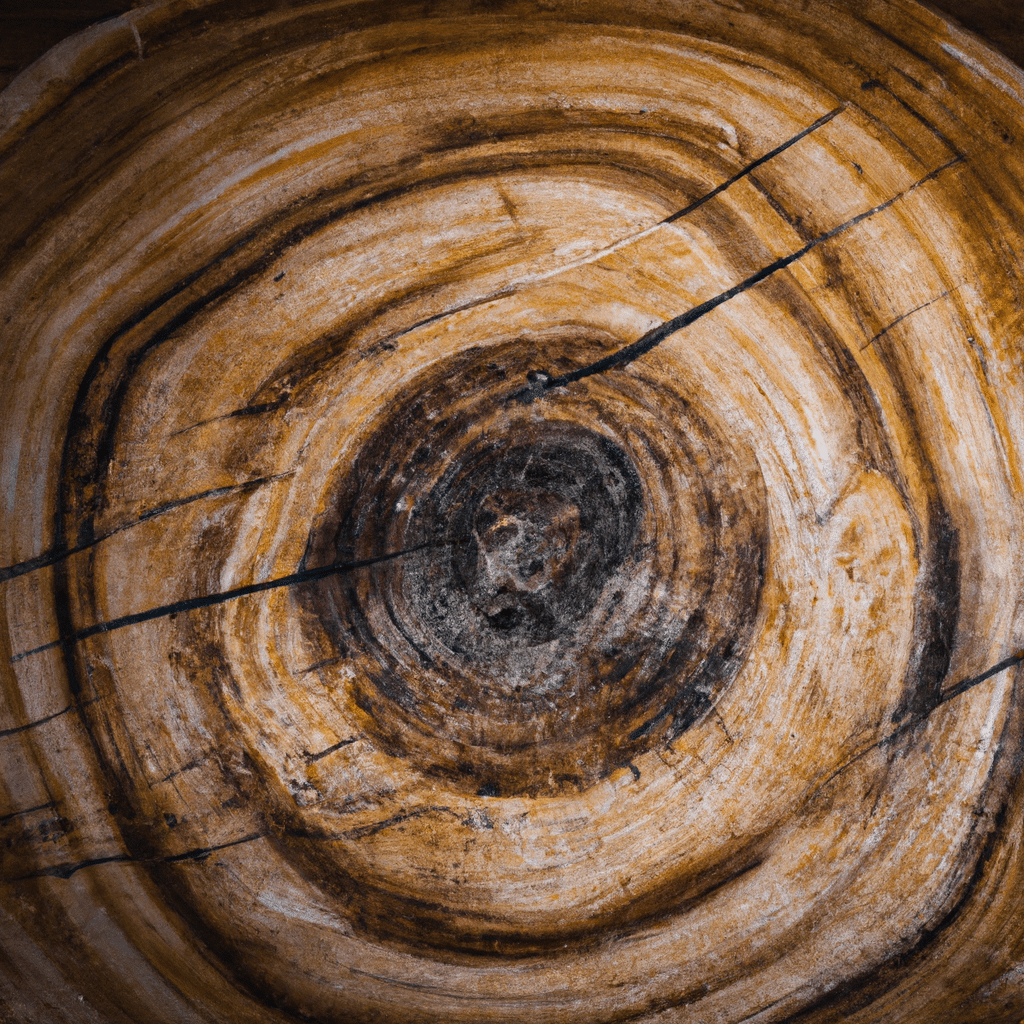Wooden furniture adds a touch of elegance and warmth to any space. However, one common problem that many people encounter is the appearance of water rings on their beautiful wooden surfaces. These unsightly marks can be a cause for frustration, but fear not! In this comprehensive guide, we will unveil the mystery of removing water rings from real wood furniture. With our expert tips and techniques, you’ll be able to restore the natural beauty of your wooden pieces and reclaim their pristine condition. Let’s dive in!

Understanding Water Rings
Before we delve into the solutions, it’s important to understand what causes water rings on wood furniture. Water rings typically occur when moisture penetrates the finish of the wood, causing a reaction with the top layer. This reaction can result in discoloration, leaving behind those pesky rings. The severity of the water ring depends on various factors, such as the type of wood, the finish, and the duration of exposure to moisture.
Prevention is Key
As the saying goes, prevention is better than cure. Taking proactive measures to protect your wooden furniture from water damage can save you from the hassle of dealing with water rings in the first place. Here are a few preventive steps you can take:
- Use coasters and placemats: Place coasters or placemats under glasses, mugs, and other items that could potentially leave moisture marks.
- Apply protective finishes: Consider applying a protective finish, such as varnish or lacquer, to create a barrier between the wood and any potential moisture.
- Regularly clean and dry: Keep your wooden furniture clean and dry by regularly dusting and wiping away spills or excess moisture.
Removing Water Rings: Natural Remedies
If you find yourself facing water rings despite your best prevention efforts, don’t panic. There are several natural remedies you can try before resorting to more aggressive methods. Here are a few effective techniques:
1. The Mayonnaise Method
Believe it or not, mayonnaise can work wonders in removing water rings from wood furniture. Follow these steps:
- Dab a generous amount of mayonnaise onto the water ring.
- Let it sit for a few hours or overnight.
- Wipe away the mayonnaise using a soft, clean cloth.
- Polish the surface with a furniture polish to restore its shine.
2. The Toothpaste Trick
Toothpaste is not just for your teeth! It can also help remove water rings from wood furniture. Here’s how to do it:
- Apply a small amount of non-gel toothpaste directly onto the water ring.
- Gently rub the toothpaste into the mark using a soft cloth.
- Continue rubbing in circular motions until the ring starts to fade.
- Wipe away the toothpaste residue with a damp cloth and dry the surface thoroughly.
3. The Baking Soda Solution
Baking soda is a versatile household ingredient that can be used to tackle a wide range of cleaning tasks, including removing water rings. Follow these steps:
- Create a paste by mixing equal parts baking soda and water.
- Apply the paste to the water ring and let it sit for a few minutes.
- Gently scrub the area with a soft cloth, moving in circular motions.
- Wipe away the paste residue with a damp cloth and dry the surface.
Removing Water Rings: Advanced Techniques
If the natural remedies don’t completely eliminate the water rings, it may be necessary to employ more advanced techniques. Here are a couple of methods you can try:
1. Using an Iron and a Towel
This method involves using heat to draw out the moisture from the wood. Here’s what you need to do:
- Set your iron to a low heat setting without steam.
- Place a clean, white towel over the water ring.
- Gently iron over the towel in circular motions for 10-15 seconds at a time.
- Lift the towel and check if the water ring has lightened.
- Repeat the process until the water ring disappears, being careful not to overheat the wood.
2. Sanding and Refinishing
For more stubborn water rings or those that have caused damage to the wood’s finish, sanding and refinishing may be required. This method is more time-consuming and requires some skill, so it’s best to approach it with caution. Here’s a general outline of the process:
- Start by sanding the affected area lightly with fine-grit sandpaper.
- Wipe away any dust or debris using a clean cloth.
- Apply a suitable wood stain or finish to match the rest of the piece.
- Allow the stain or finish to dry according to the manufacturer’s instructions.
- Apply additional coats if needed, ensuring each layer is dry before proceeding.
Conclusion
Water rings on real wood furniture can be a frustrating sight, but with the right techniques, they can be effectively removed. By following the preventive measures and trying the natural remedies outlined in this guide, you can restore the beauty of your wooden pieces. If necessary, advanced techniques like using an iron and towel or sanding and refinishing can be employed to tackle more stubborn water rings. Remember to always test any method on a small, inconspicuous area first and proceed with caution. With patience and care, your real wood furniture will regain its pristine condition, free from the grip of water rings.








